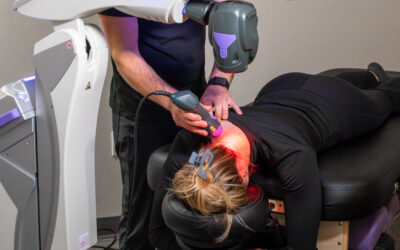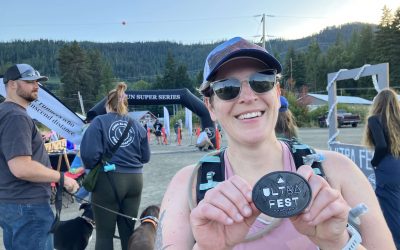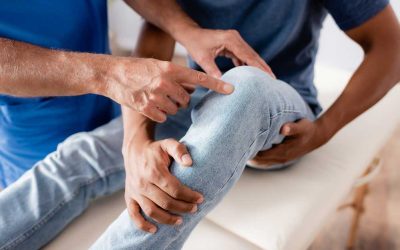 Knee pain when bending?
Knee pain when bending?
If you want to successfully prevent or correct common knee conditions, you “knee-d” to first understand that the joint does more than just extend, flex and perform a limited amount of internal and external rotation.
Knee pain treatment is one of the most common reasons we see our patients here at Tangelo at our Portland and Seattle locations.
The knee is truly the monkey in the middle joint and it’s absolutely true that if there is any dysfunction is the foot/ankle of lumbopelvic-hip complex, the knee can become the victim of the aforementioned dysfunction.
Here is a good example of what I am talking about — take a second to slip off your shoes and socks and stand on one foot with the other foot floating in the air. Are your toes spaced or are they clutching the floor?
Is your knee positioned in line with the middle of your foot or is your foot turned out and your knee pointing forward?
Now, put your hips back and slight bend your knee. Are you in position and managing ok? Good!
Now, close your eyes for a ten seconds. Were you able to do it? Did you feel completely stable or did your foot shake and your hips shootout to the side?
If any those breakdowns happen, then it would be wise for you to work on single leg stability and improve reflexive control in your feet, ankles and hips.
Why? It’s simple, if you can’t balance with control for ten seconds with no joint impact, then what makes you think you’re going to be able to run or jump with perfect alignment and shock absorption? Think about that.
In addition to looking at the joints above and below the knees, you have to also understand the role the quads play in knee health. I have heard so many physical medicine providers demonize the quads as the crux to most overuse knee conditions.
Nothing could be further from the truth and not understanding the key role all muscle group play leaves us stifled in our ability others and ourselves. From common conditions like patellofemoral pain syndrome, suprapatellar bursitis, infrapatellar bursitis and even iliotibial band syndrome (ITBS), the quads need to work in concert with hamstrings and glutes.
Below are the top three exercises for knee pain.
Are they right for you? The only way to know for sure is to meet with a chiropractor in Seattle or Portland providing functional rehabilitation.
Knee Exercise 1: Single Leg Balance
The only tried and true way to improve single leg stability is to train single leg stability. Take those shoes off, space out your toes (like you are wearing toe spacers), root the foot, push your hips back and then proceed to balance.
Force your body to adapt to this unstable environment by engaging muscles that might have fallen asleep. Feeling the glute burn and foot nearly cramp? Good! We will take a healthy burn over bursitis any day.
Knee Exercise 2: Toes Up Glute Bridge
This is one of my favorite exercises, but probably not for the reason you think. Sure, it helps turn your glutes on and relax your quads.
However, this exercise, when done right, really elicits an intense burn in your shins. Why is that a good thing?
As mentioned before, how your ankle moves has a direct impact on the force your knee has to endure.
A catalyst to excessive stress can be limited ankle dorsiflexion, which is the action that allows the top of foot and shin to move closer together.
This action is crucial, and in addition to calf stretches, foam rolling, etc, the toes up glute bridge is a fantastic exercise to improve ankle mobility for the benefit of your knees.
Knee Exercise 3: Ball Squeeze Wall Sits
I guess our PE teachers had it right when they had us do wall sits during gym class.
When reintroducing strength back into a muscle group, the safest approach is in the form of isometrics.
The wall sits are not only a great warm-up before activity but an awesome reeducation drill to teach your adductors, quads, and hips to work together to ensure proper alignment of the knee.
This is not a set and reps exercise; this a “get in position and make it burn like crazy” kind of exercise. Enjoy!
Thank you for taking the time to read this blog.
If you live in the PNW and are looking for Seattle Chiropractor or Portland Chiropractor, we would be honored to be on your team. Keep moving, and #gotangelo
Sean
Disclaimer: This blog is not meant to diagnose or treat knee pain. This is for educational purposes only. If you are experiencing knee pain pain or other related pain, we recommend you seek out a thorough evaluation with a chiropractor, physical therapist or sports medicine professional.


